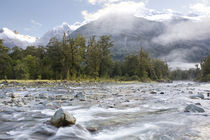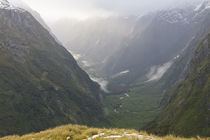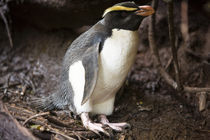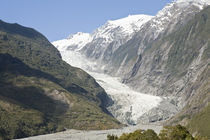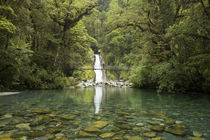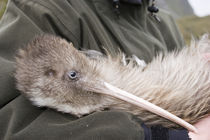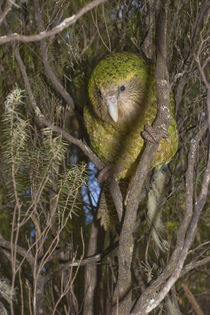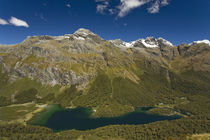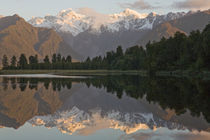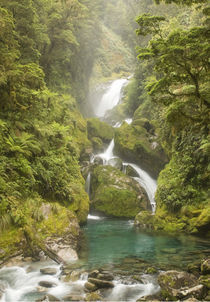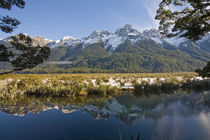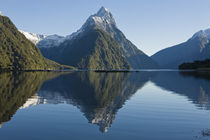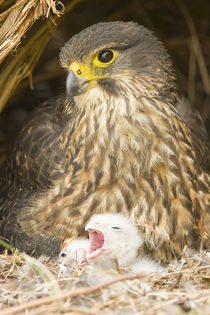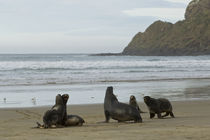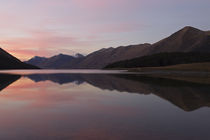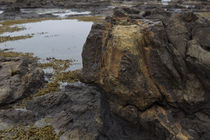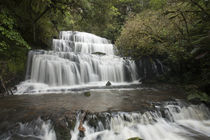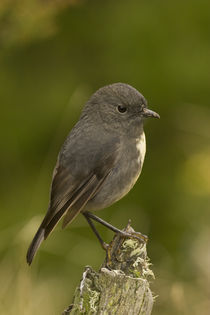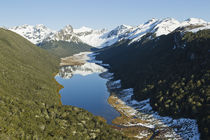This page requires some cookies for the shop functionality, but there are also cookie, that are only used for marketing. Please accept the use of cookies. For more information, look at Privacy Policy
Ross Curtis
Ross Curtis is a fledging freelance photographer specialising in wildlife and landscape photography particularly throughout southern New Zealand and on many of its offshore islands. He has a close understanding and passion for the natural world having been involved in wildlife conservation since the early 1990s, particularly in the preservation of New Zealand's threatened birds. He has a B.Sc (Majoring in Conservation & Ecology) as well as a Post-graduate Diploma in Wildlife Management. Photographic qualification includes a Diploma in Freelance Photography with the New Zealand Institute of Business Studies.
He started out in the early 1990s with the traditional SLR using transparency or slide film, favouring Fujichrome Provia and Velvia. Digital photography has been come along in leaps and bounds over the past decade and Ross made the transition in 2005 starting out with the Canon 20D 8.3mp, with an upgrade to the Canon 5D 12.8mp a few years later. He has added the incredible Canon 1D MarkIV 16.1mp while utilising a broad range of L-series professional lenses. He has only recently taken photography 'to the next level' by turning professional in 2010.
In 2011 he is still involved in selected wildlife conservation projects as well as making more regular photographic excursions and over the course of the next few years he hopes to improve his profile as a professional and practising wildlife/landscape photographer in New Zealand and Australia.



